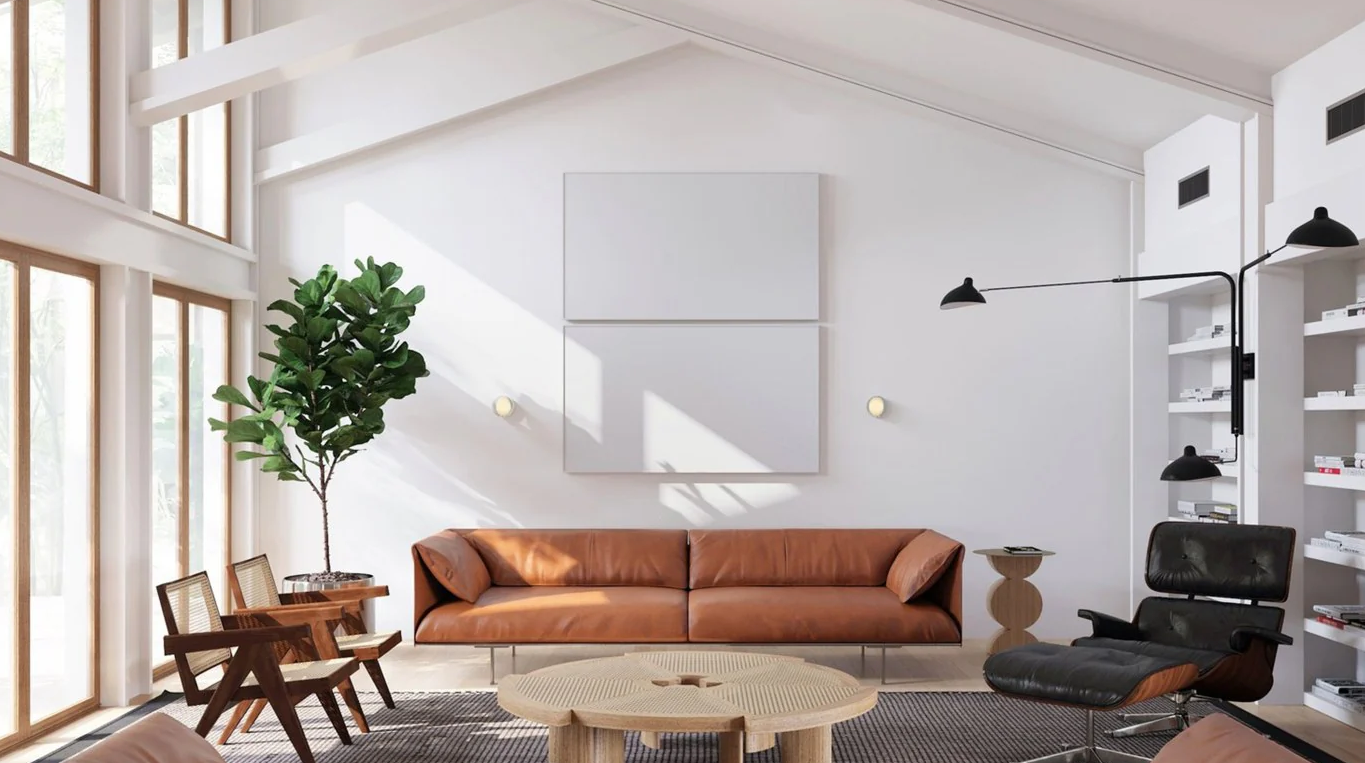Minimalist web design has been gaining a lot of popularity in recent years due to its simplicity, elegance, and effectiveness. This design philosophy, inherited from minimalist architecture, focuses on removing unnecessary elements and leaving only what is essential.
In the 1990s and 2000s, web design agencies made a big effort to add elements like animations, 3D buttons, effects, transitions, large images, and videos to grab the attention of visitors.
All of this has been replaced by simplicity—and for good reason:
1. Fast load times
One of the most important benefits of minimalist design is that websites tend to be lighter and therefore load faster. By reducing the number of heavy graphics, unnecessary animations, and other complex elements, minimalist websites improve the user experience—especially on mobile devices and slower internet connections.
This also contributes to better SEO performance, as search engines like Google value fast-loading pages. This translates into better rankings on Google and other search engines, which in turn means your website will get more visitors. And the more visitors you have, the more potential customers you’ll get.
This same minimalist website turned my very first visitor into my first client, with extremely high effectiveness—without spending any money on advertising.
2. Better User Experience (UX)
A clean, uncluttered design makes it easier for users to navigate a website intuitively. With fewer distractions, visitors can focus on the main content, which reduces confusion and improves interaction. By guiding users through a clear and direct path, a minimalist website promotes a smoother and more satisfying experience.
This also leads to better conversion and sales results. A visitor who is guided easily through a website is much more likely to become a customer. The more visitors that become customers, the better.
3. Cost Efficient Maintenance
Minimalist websites are usually easier to maintain and update. Since they contain fewer elements, developers can make changes more quickly and without the complexity involved in working with a cluttered design. Additionally, a simpler website is less prone to errors or bugs due to its streamlined structure.
Layers of complexity in a website only add more potential failure points. Failures lead to functionality issues, which can discourage potential customers from making a purchase.
Efficient use of storage resources will also translate into lower hosting costs.
4. Mobile Optimization
Minimalist web design adapts better to mobile devices, where screen space is limited. The visual simplicity and reduced number of unnecessary elements make it easier for the design to respond properly to different screen resolutions, ensuring a consistent user experience across mobile phones, tablets, and desktop computers.
It’s a fact—the web is increasingly moving toward mobile. Minimalist websites allow for elements to be adjusted for an ideal experience on any type of device.
5. Focus on Content
In a world where content is key, minimalist design allows it to take center stage. By removing superfluous design elements, the content gains greater relevance and becomes easier to read and understand. Users find what they’re looking for more quickly, which improves both conversion rates and user retention.
Minimalism in web design is not just an aesthetic trend—it’s an effective strategy to improve performance, usability, and optimization for any site. By focusing on the essentials, it achieves a more pleasant and functional visual experience for both users and site administrators.
Are you interested in building or remodeling an existing site? Shoot me a message so we can get started.
